Story of Djillhi
Djillhi means Jump of Joye in a local language of my area. For me it’s important to have a link to my roots. It sounds also close to Julee, a ladakhi (north india) word to tell welcome. Ladakh is an important place to me.

My very first encounter with these instruments is not very romantic. My girlfriend advised me a video of the musician Davide Swarup on the internet. Two weeks later I met some Swiss musicians thanks to the platform handpan.org. I remember that moment of wonder. I left that same evening with an instrument, which was lent to me and which I could buy if a link was created between the instrument and me.
At this time during my free time, I made furniture for myself and my roommates in palettes. I felt particularly good at making these pieces of furniture (meaning, i loved to do this, not that the furniture where particularly great). Without too much questioning I then began to collect information on the making of the Pantam / Handpan / Cupola (this research has never stopped). Since that time my choices relies much more on intuition.
After 6 months of research, it was time to physically begin to hit the metal. I first started with an oil barrel, it had the advantage of being free in a landfill and was close to what the people of Trinidad and Tobaggo used to the birth of the steelpans.
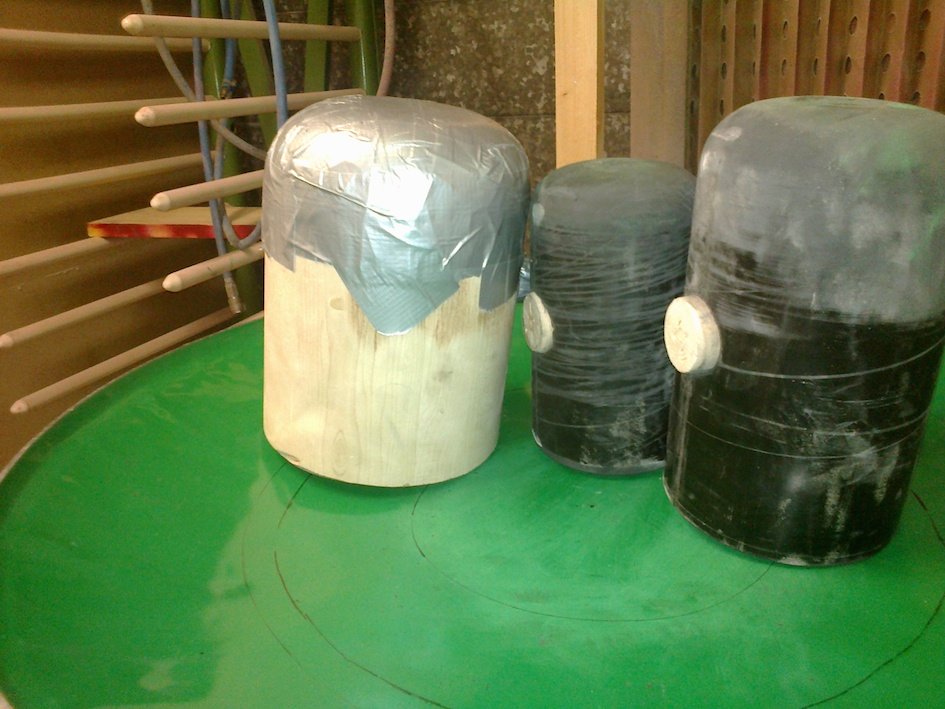
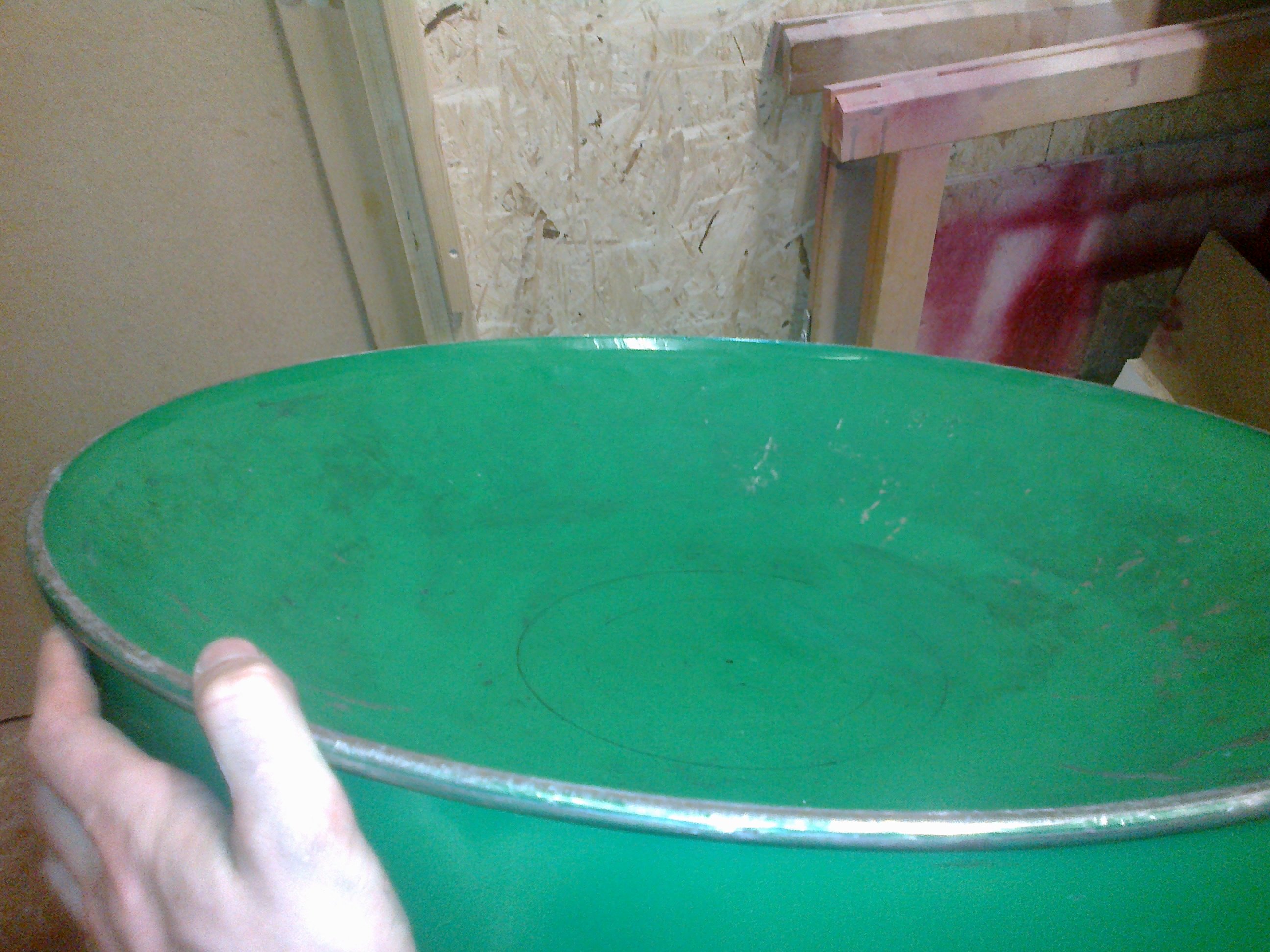
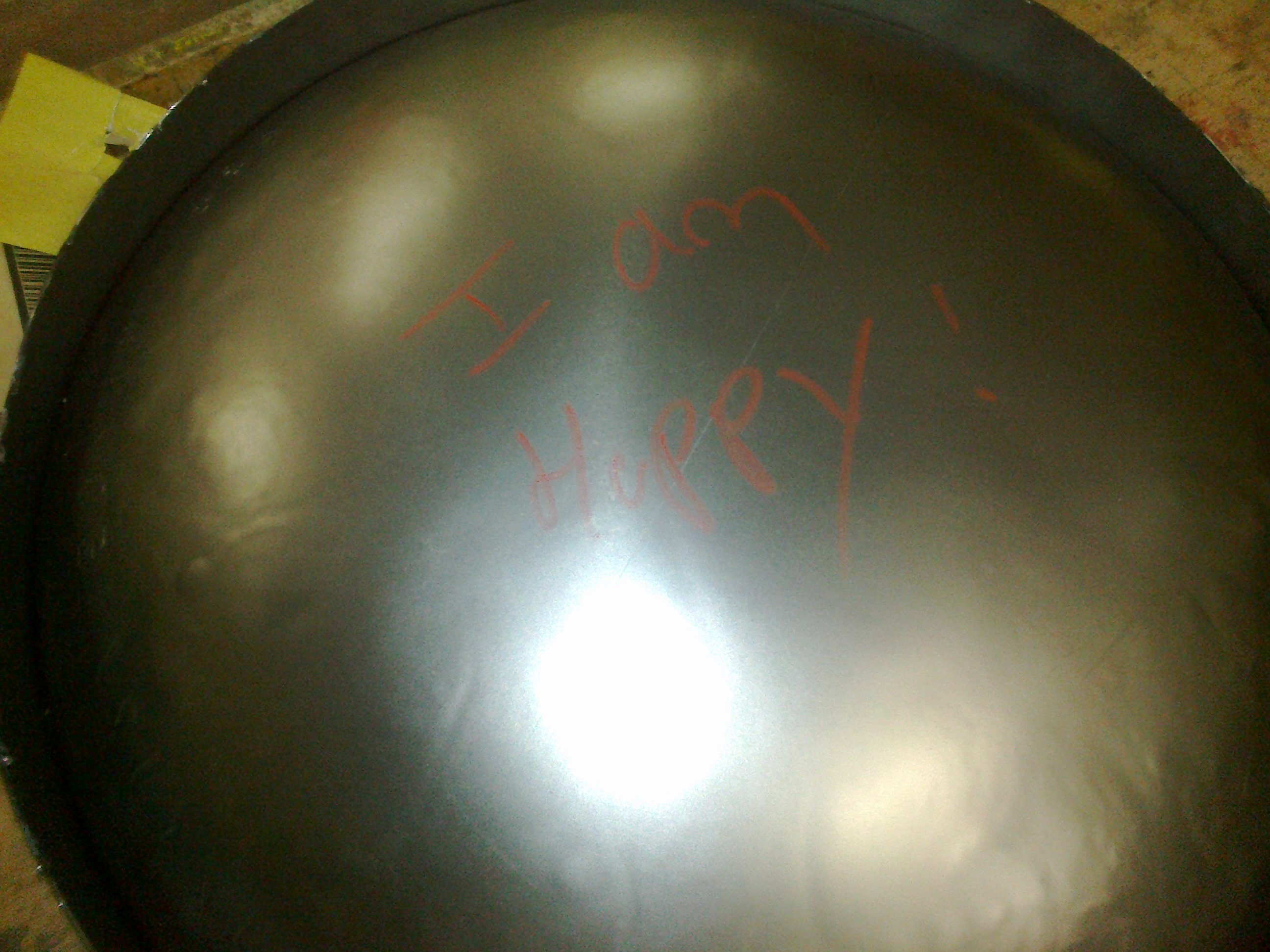
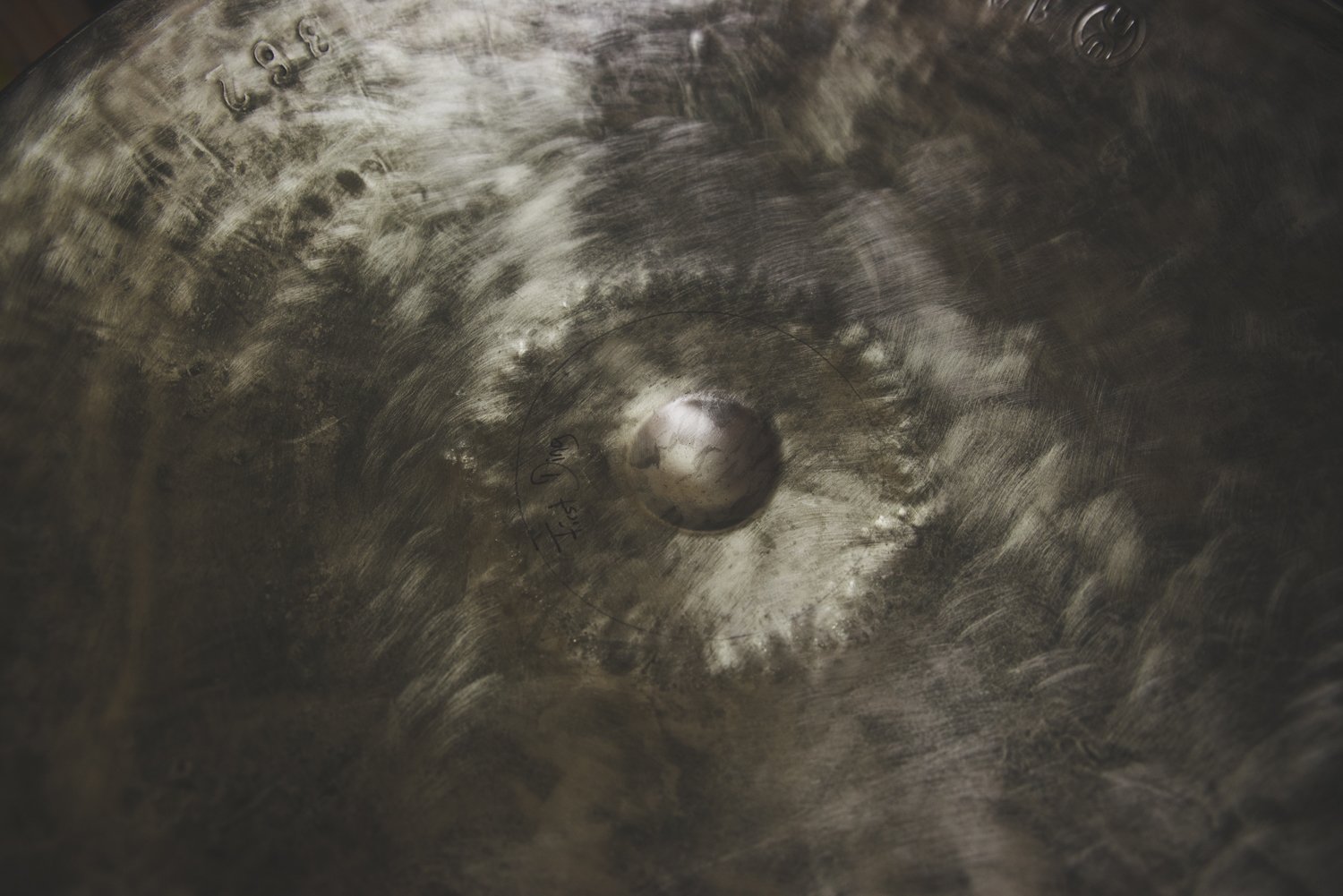
It was first of all a matter of understanding by the act how metal is worked. What are the consequences of the weight, shape, material and angle of the hammer on steel?
I ended up breaking this oil barrel and the following one. But the sensations and the first sounds were already there. The pleasure of learning a craft at my own pace while having fun was such that I did not see myself stopping this adventure.
Thanks to more powerful tools and steel that an experienced manufacturer resold me I began to work on sheet metal closer to what are today my instruments made of.
I started my experiments in a 7m 2 room which I sublet in a workshop of a carpenter designer. It was the perfect space to start without disturbing the neighbors. I had access to some interesting tools to make my first equipment. Quickly the need for a more personal space with enough room for an oven, a shop press and more room to store the various tools needed for manufacturing made itself felt. So I built a phonetically insulated room.
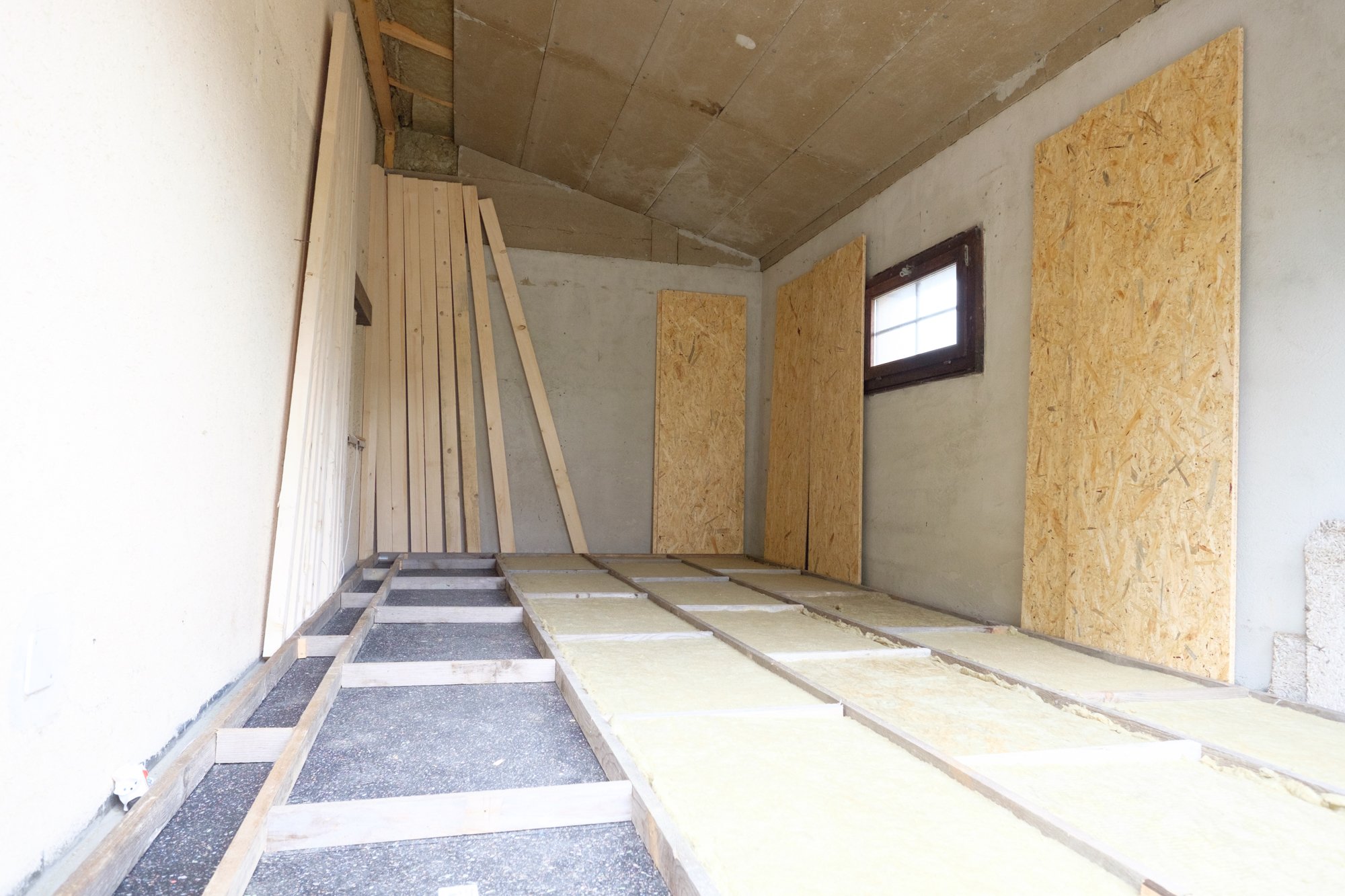
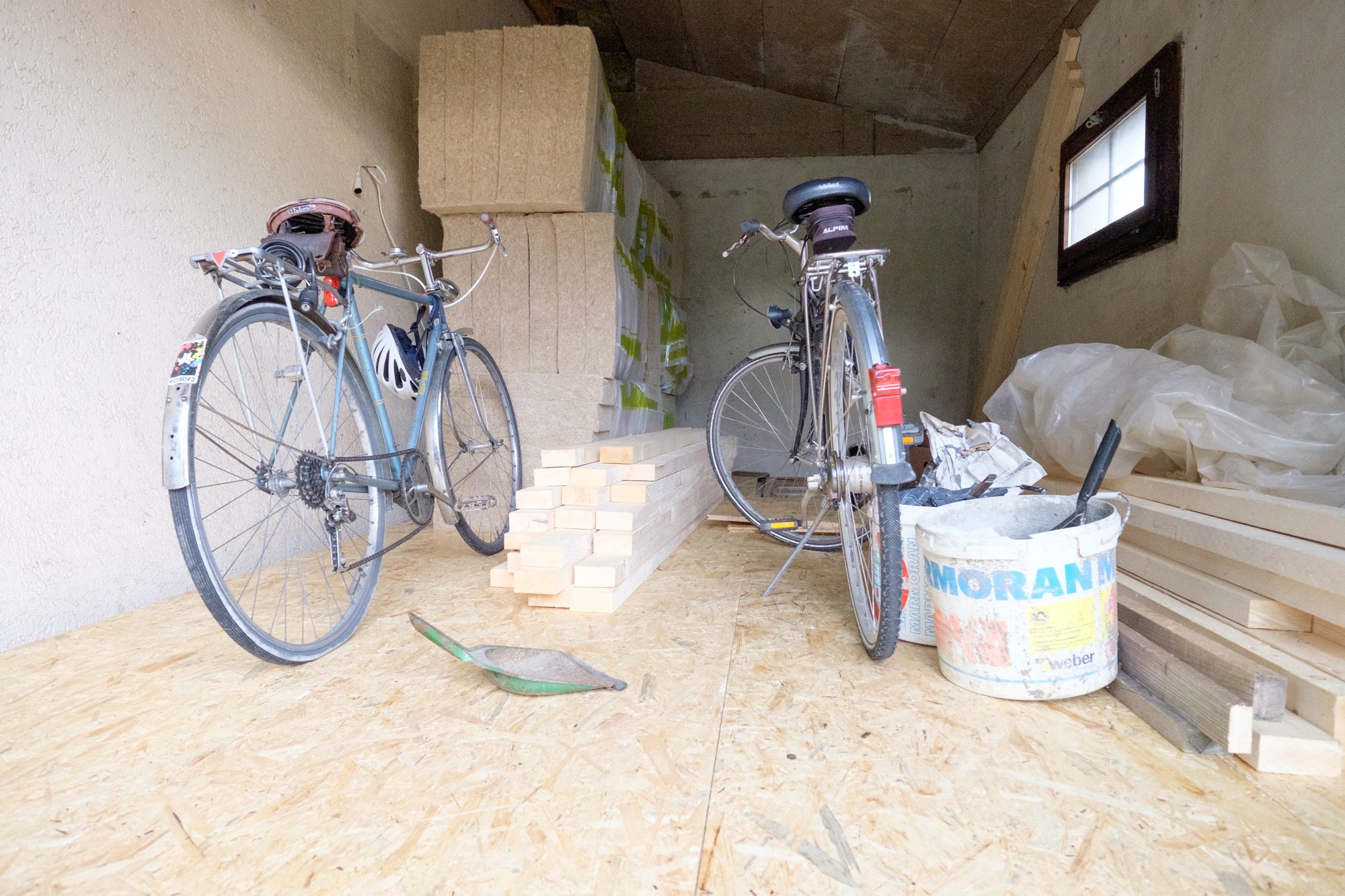
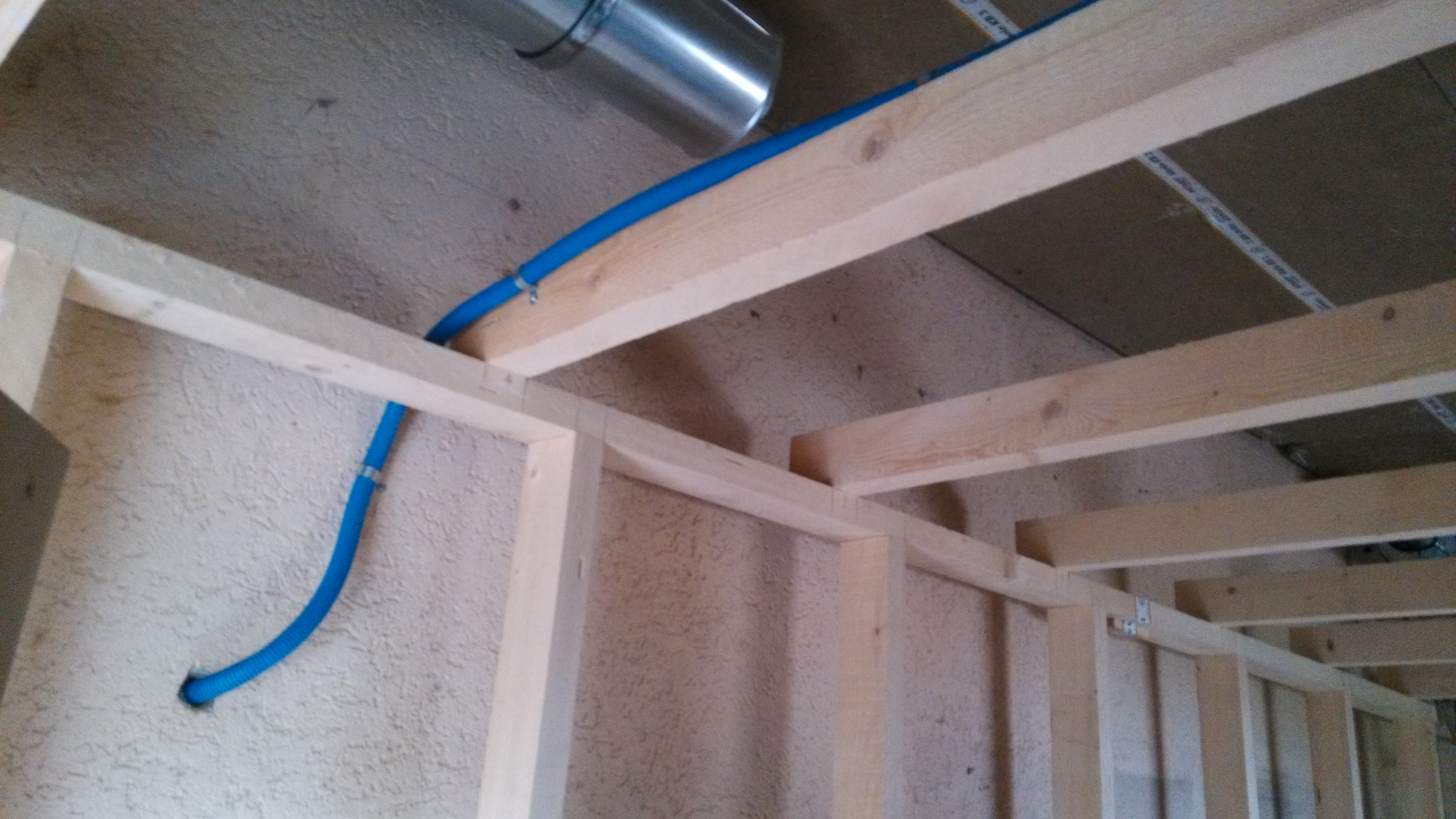
It is in this workshop that I continue my experiments since December 2016.
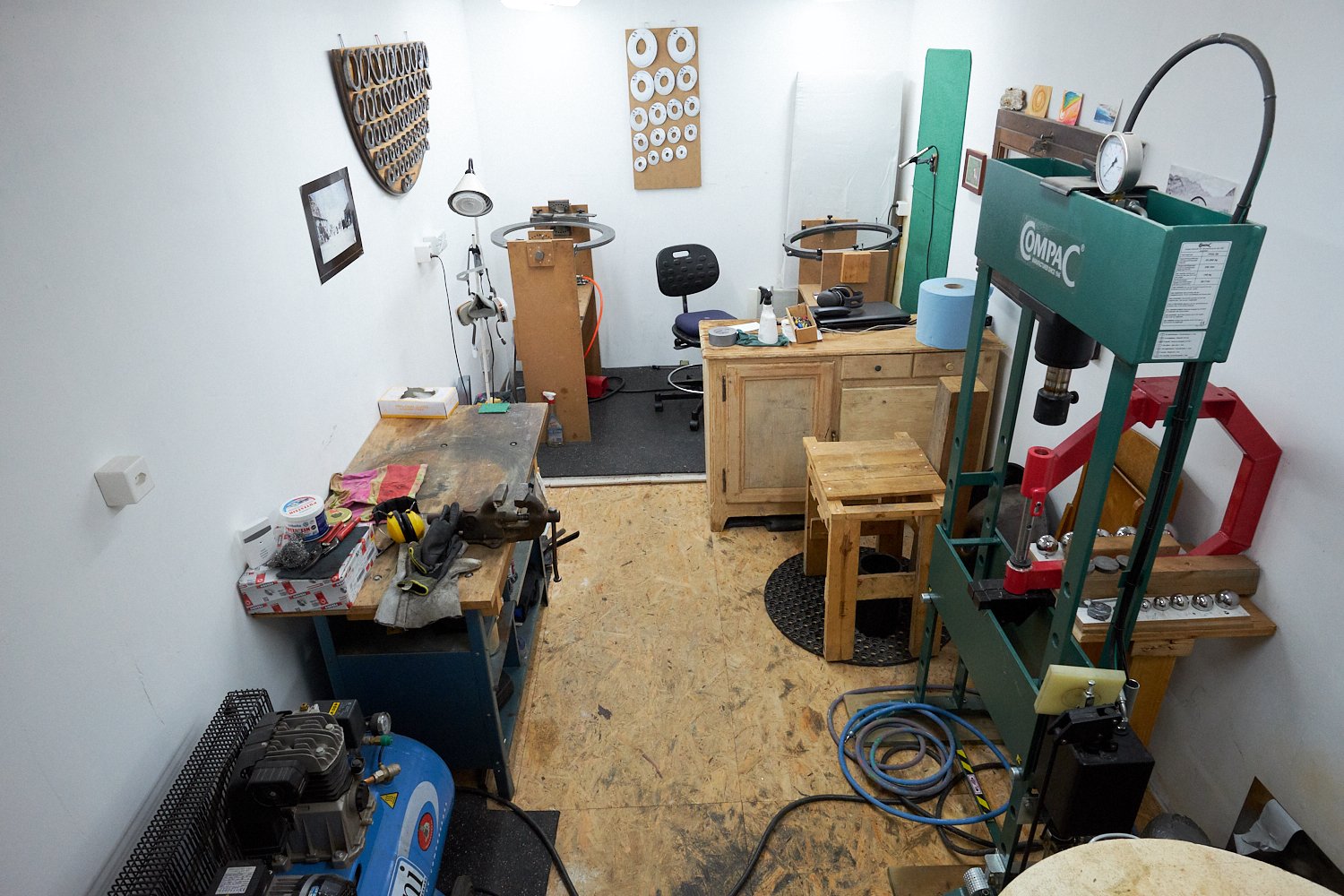
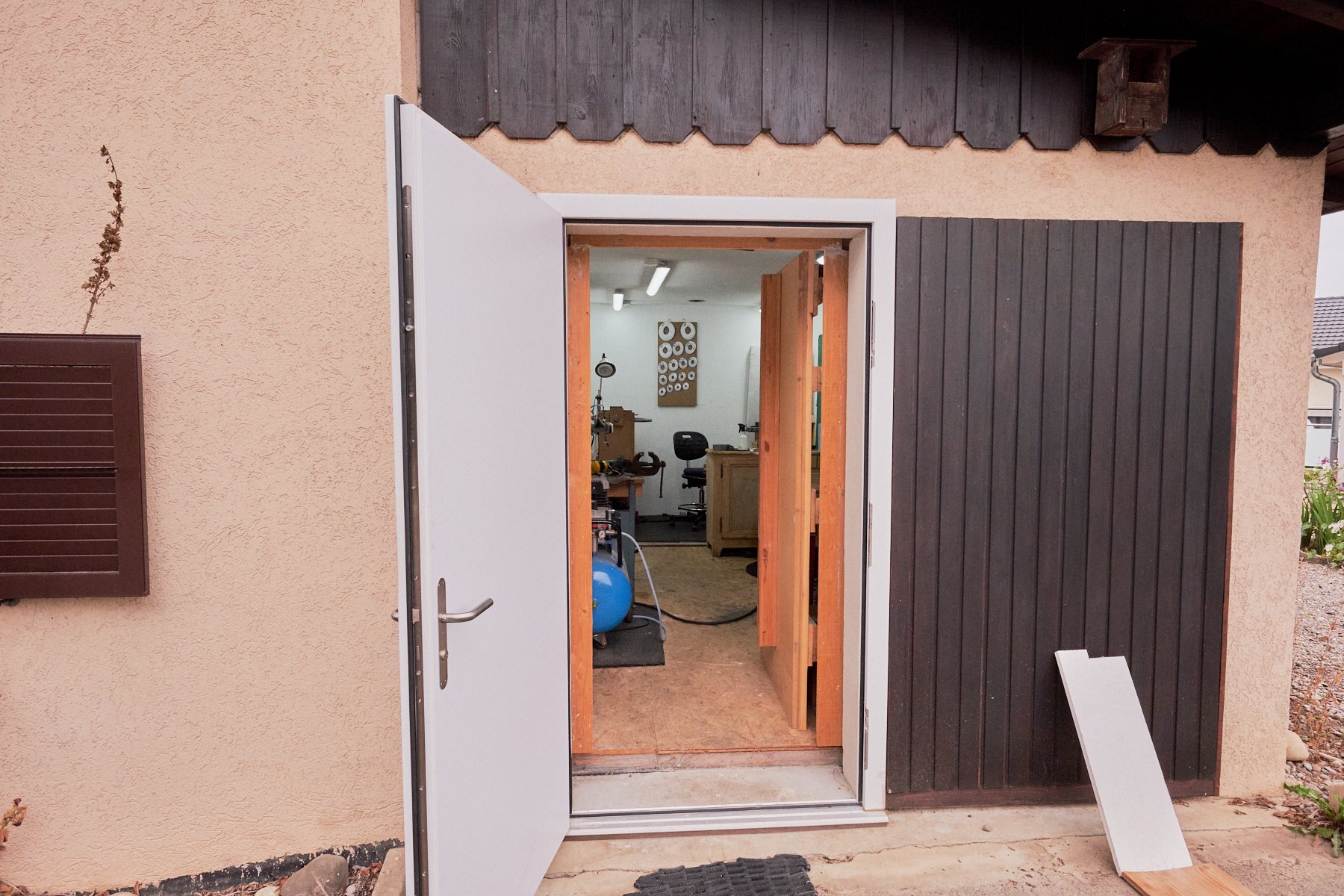
What follow is my work that you discover on my website and the joy of discovering new people, sharing, building a more harmonious world.

